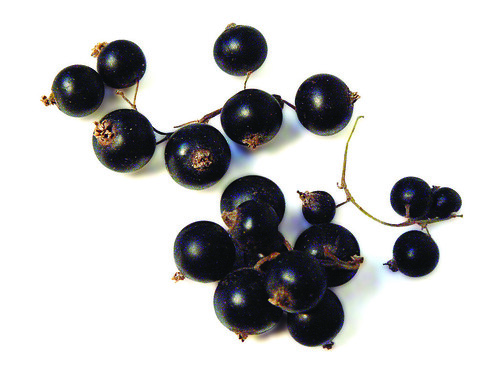Intimate
There is a box of decants that I kept from the days when perfume trading was fun and exciting, and collecting more vials than I will ever need in my lifetime didn't feel burdensome. There was the thrill of the hunt, and the wonderful feeling of being taken care of when someone you only knew by their screen name and fragrance wardrobe sent you a surprise in the mail with vintage perfumes that smelled like nothing you ever smelled before... That was of course, before I smelled too many perfumes, before each year offered over 500 new releases, and I became too jaded and selective about what I put under my nose.
In a moment of olfactory boredom last night, I unearthed a roll-on with vintage Intimate in its vintage form (Revlon, 1955). The concentration is not specified, but judging from it lasting well into the next morning, I imagine it's at least an eau de toilette.
Intimate is a softly-spoken echo Miss Dior's green-floral-animalic-Chypre; a hazy mirror image of its New Look glam. There are green aldehydes at the top, but they've lost their sharp edge (possibly through aging and mellowing, but even still, comparing to the vintage Miss Dior I have they are less intense).
Intimate is definitely from the same genre (Chypre Floral Animalic, and sporting some definitive green notes), yet has a softer, powderier character right from the the start (a trait that is only evident in Miss Dior if you really pay close attention somewhere around the second act). It has edgy, woody-herbaceous notes peeking underneath, making the greenery less obvious. There is an aldehdic wisp at the opening as well. Mingled with the orris this creates a blending illusion, like smudging and blending pastel crayons that obscures the shapes of jasmine and rose that were just drawn moments ago. One can't quite tell when the jasmine and rose end and the oakmoss, sandalwood and cedarwood begin. The woods create a dry feel, a sort of temporary cleanliness. An animalic power roars from underneath, with the carcass of castoreum and the concentrated piss of civet create a dark, musky-sweet epilogue.
This phase dissipates faster than I would have liked it to, turning into a vintage Revlon lipstick scent, like the ones I would try on from my grandmother's dresser. My grandma always dressed elegantly, so lipstick was the only way to tell she's going somewhere importatn (work included, and she worked well into her 70s, and continued freelancing even after she officially retired). And if it was somewhere social, there will also be a dap of perfume or some Eau de Cologne splashing. I never was happy with any of her shades of lipstick - they were either too red or too nude, and most importantly, made my lips dry and tasted awful. The smell is nice and nostalgic, but synthetic fatty-violet-rose-aldehydic floral is not something I'd like tasting on my lips for too long.
The drytdown (as observed the next morning) has a sweet and smooth amber and a musk compound that bears some fruity, berry-like qualities. Oakmoss is still there as well as a hint of greenery. Overall, there is a soft, close-to-the-skin feeling that's exactly what I would like in a perfume from the night before: a sweet reminder that something wonderful happened last night, but without having all your clothes reeking of it or making you want to wash it off. You could easily apply something else on top, or go for a second round.
Intimate is beautifully constructed and elegant, and smells sexy in a down-to-earth kind of way. If I didn't know who made it I would think it is a French perfume - it skips the loud statements that American fragrances so often have (both in sillage and tenacity) and instead offers a more nuanced perfume that even if it isn't a groundbreaker for its time, it is very well done and wonderfully enjoyable. The bottle in the ad shown perfectly conveys its style and class, which will be evident even if you are blindfolded and can't see it. So while many perfume advertisements are total utter nonsense, this seems quite truthful indeed.
Top notes: Green Aldehydes, Bergamot
Heart notes: Jasmine, Rose, Orris, Cedarwood, Sandalwood
Base notes: Oakmoss, Civet, Castoerum, Musk, Amber
Labels: Aldehydes, Castoreum, Chypre Floral Animalic, Civet, Green, Intimate, Lipstick, Oakmoss, orris, Paloma's Corner, Perfume Review, Revlon, Vintage Perfume










